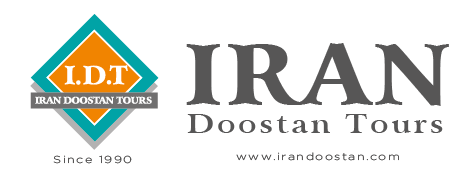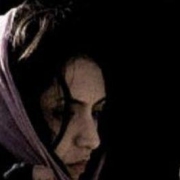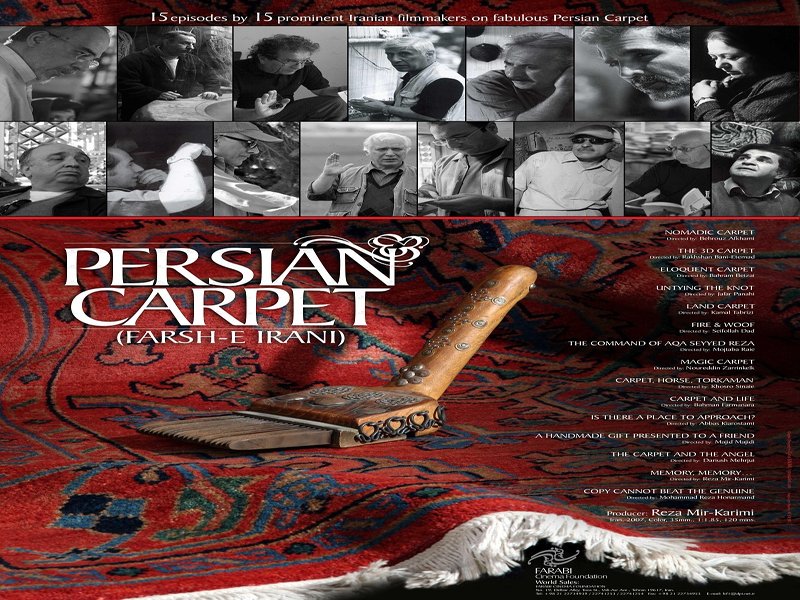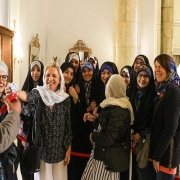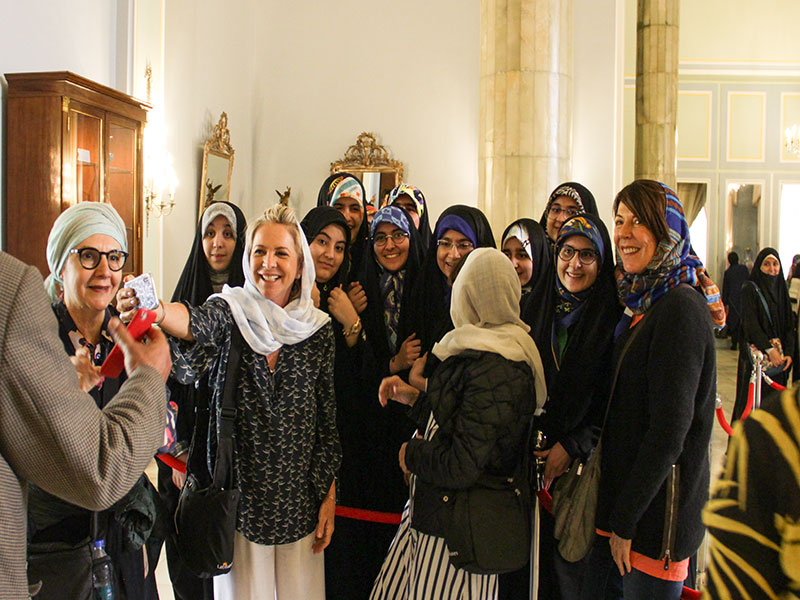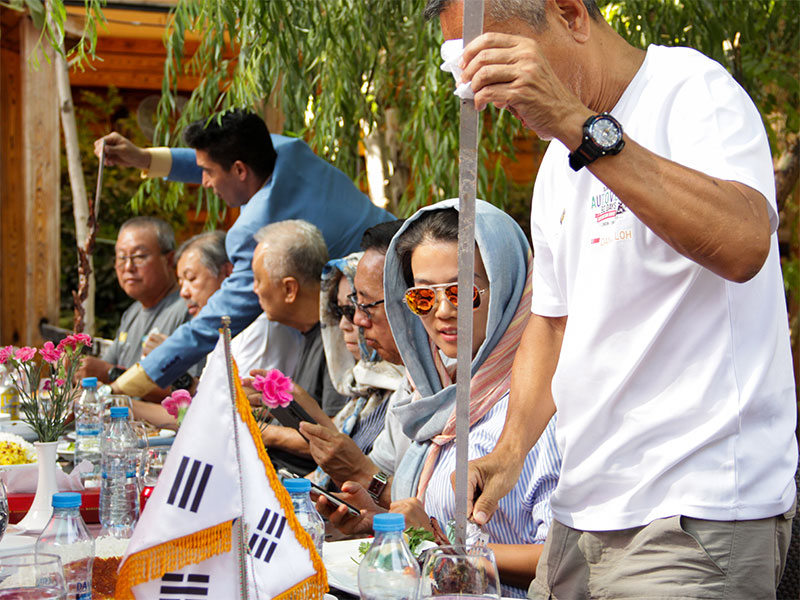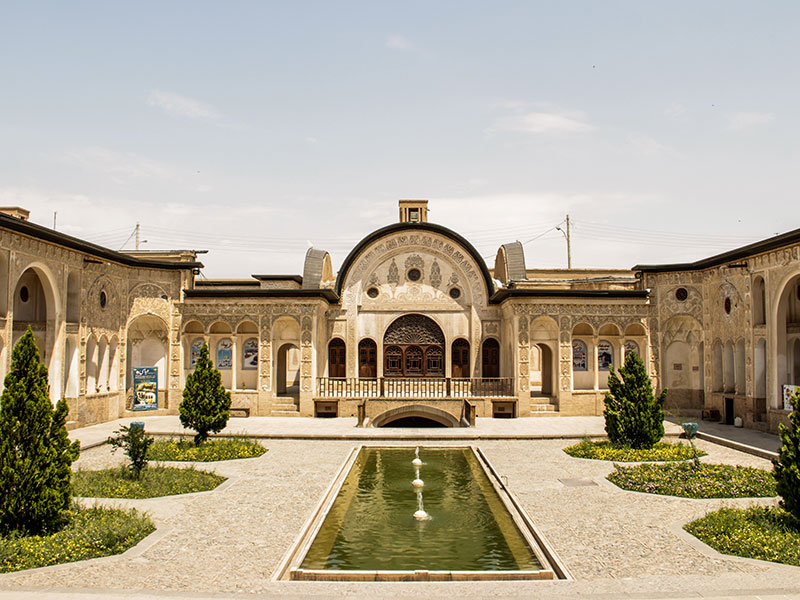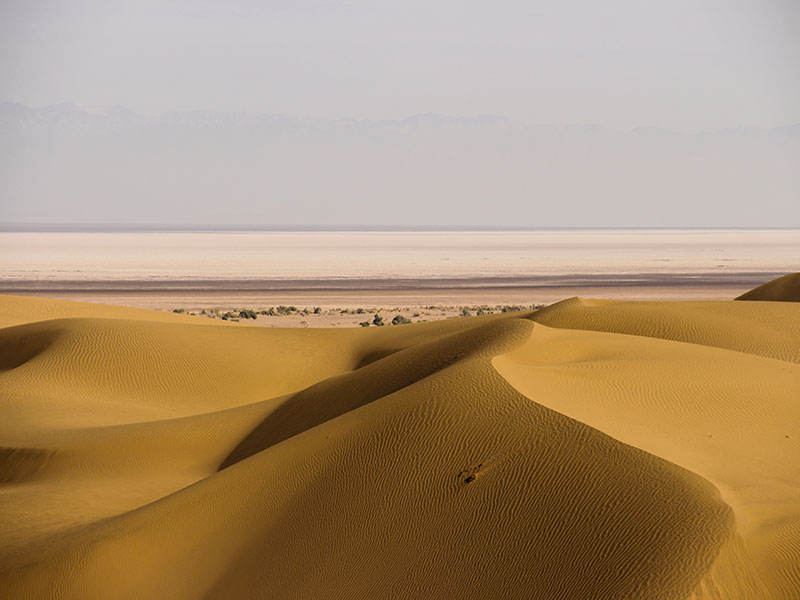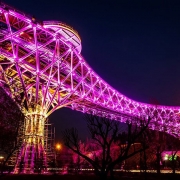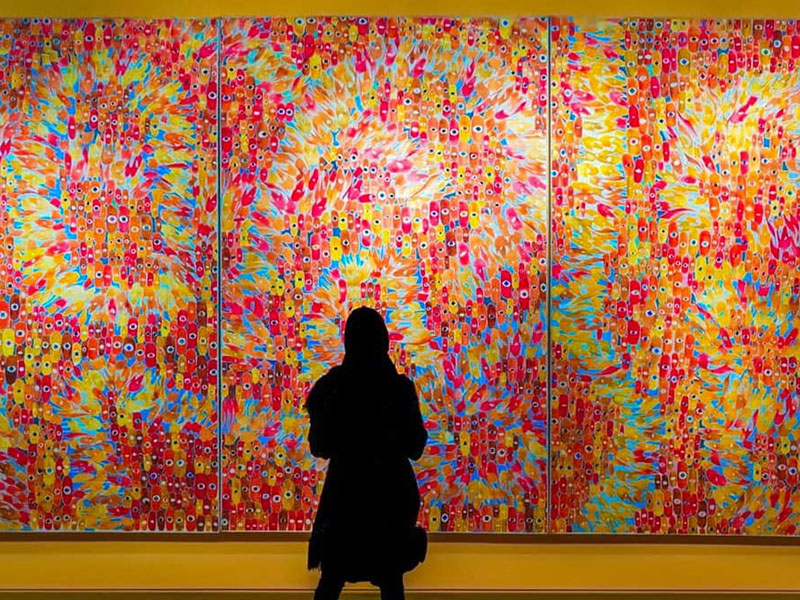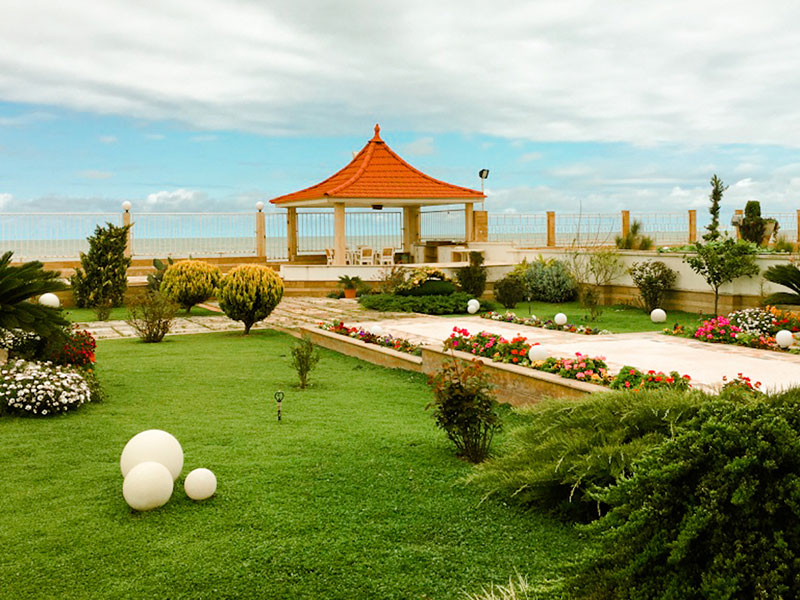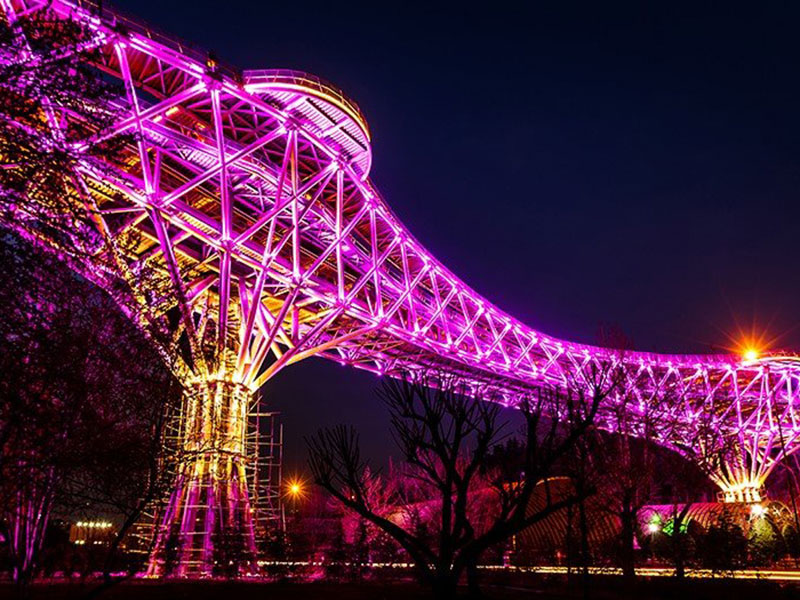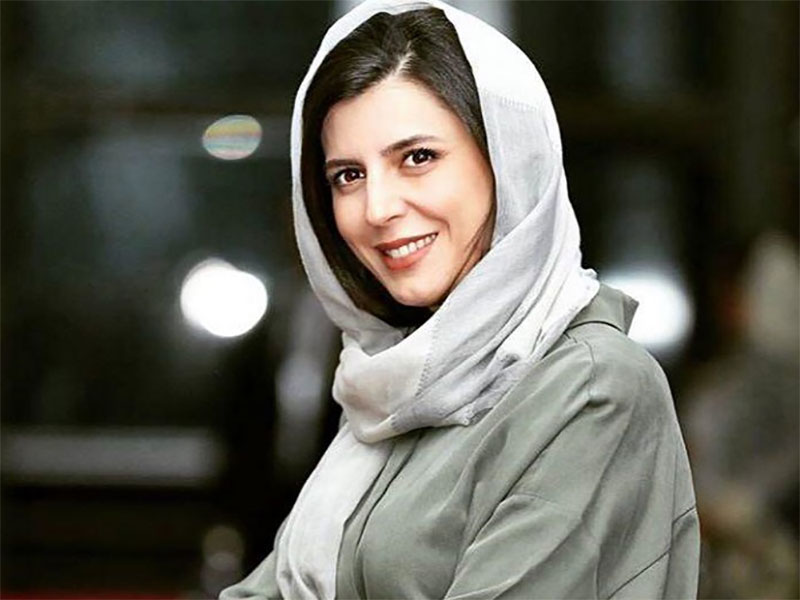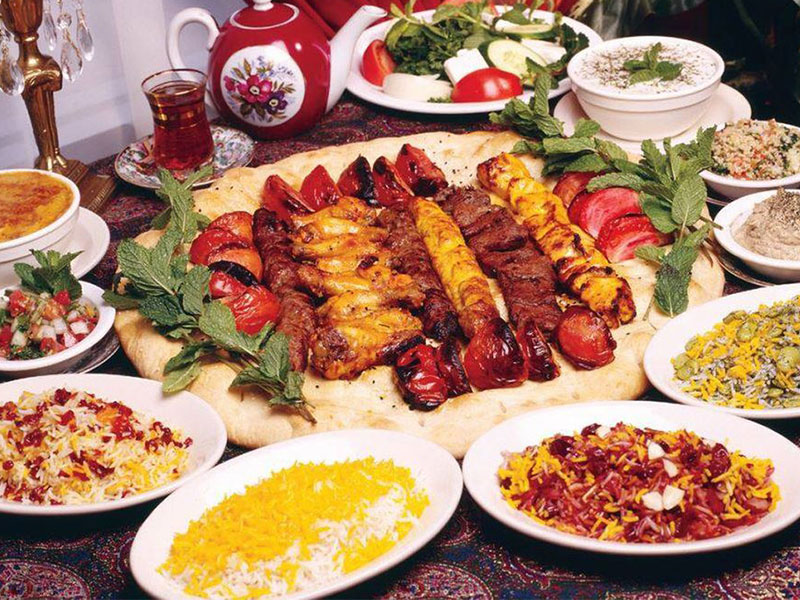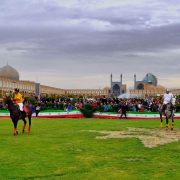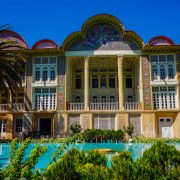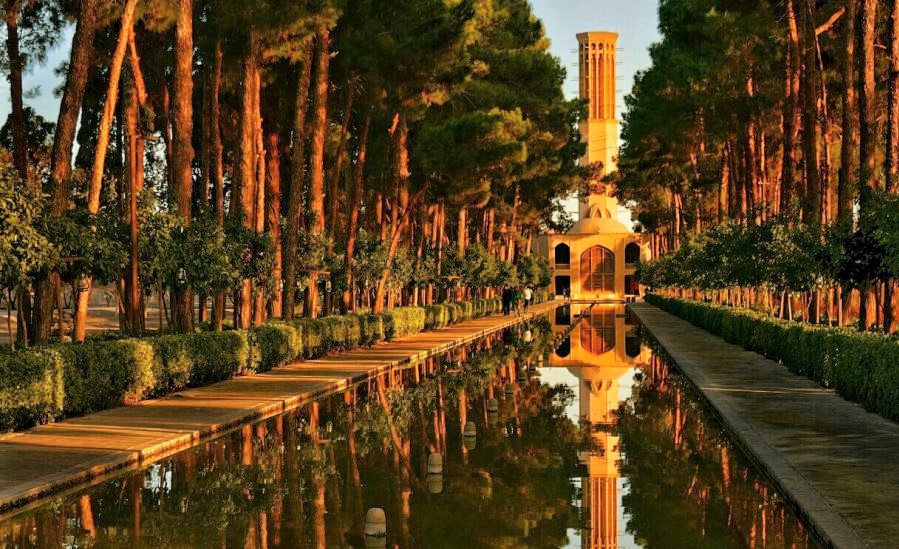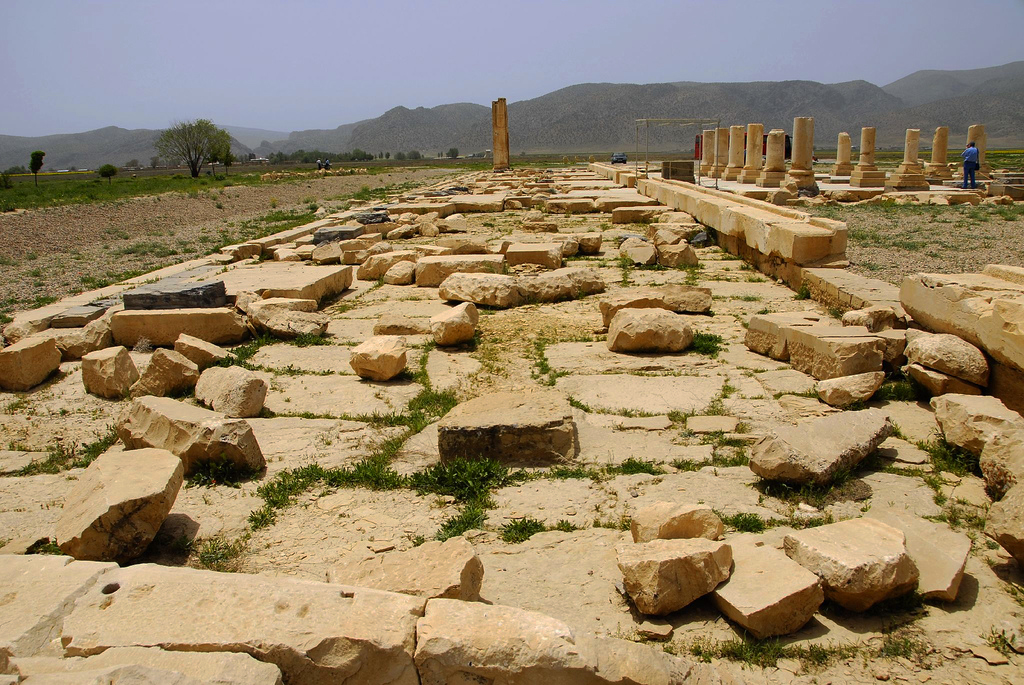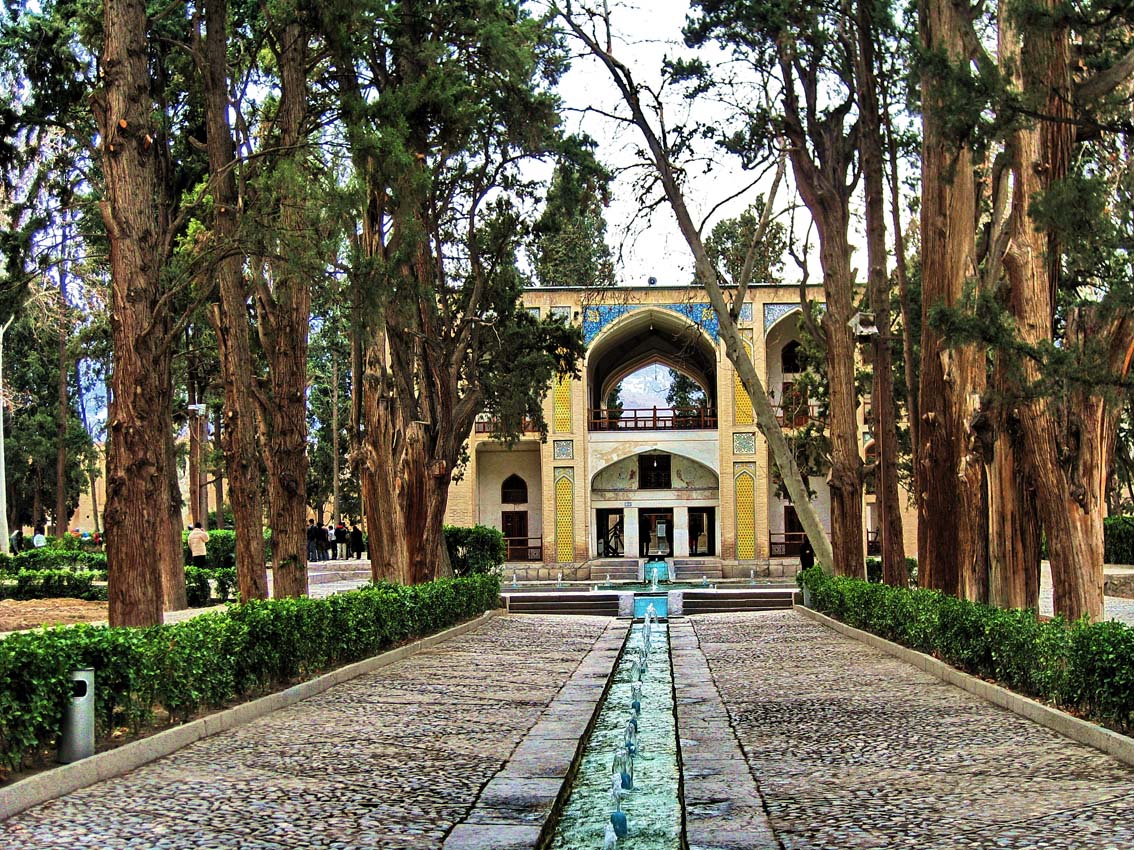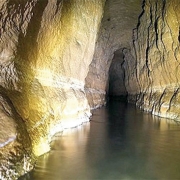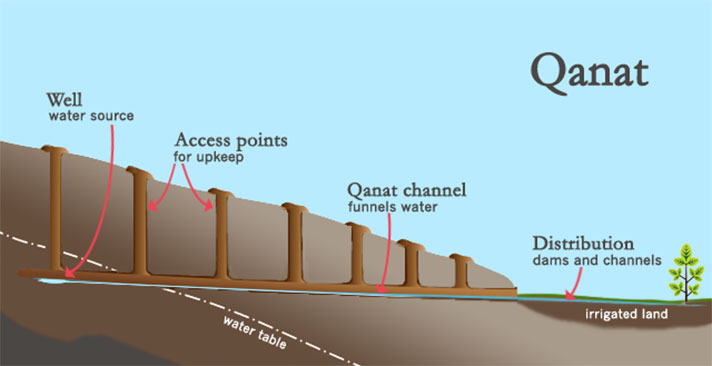7 Best documentaries about Iran to watch before travelling
Keen to learn a little more about Iran before you visit? Thankfully, a bunch of insightful documentaries has been made about this little-known great country, covering everything from politics, to history, and gastronomy on the run. we’ve compiled a list of great documentaries about Iran for those who are interested in the real Iranian lifestyle.
If you are planning to travel to Iran, here is the link to online Iran visa.
The taste of Iran
The former head of BBC Persian, Sadegh Saba has made a visual journey around Iran, named “A taste of Iran” which starts from his hometown Rasht and ends to the Persian Gulf during 4 episodes. These very informative and useful documentaries are highly recommended to discover the reality of Iran and the Iranian lifestyle before your travel. The documentary presents the culture, ethnicity, history, music, and beauties of nature and people of different cities from north to south of Iran, including Rasht, Shiraz, Isfahan, Yazd, and Hormoz Island. Saba explains his purpose in an interview: “I felt that the image of the Iranian people around the world was distorted and no trace of their rich culture and civilization could be seen in the midst of western television images of centrifuges and missiles. I decided to present a picture of Iranian cultural, ethnic, music and food diversity to a global audience.”
Persian carpet collection
The Persian rug is the title of a collection including 15 masterpieces of best Iranian directors, proceeding different aspects of carpet weaving in Iran, among which exist a 32-min documentary of Abbas Kiarostami, the famous director in Iranian New Wave cinema. From animated to fantasy and surreal, realistic dramas to the comedies, all and all exist in this collection to present truly the Iranian carpet’s position in the Iranian lifestyle.
Iran documentary series
The almost new masterpiece of Hamid Mojtahedi and Farhad Tohidi is different from other tourism and historical documentaries shown in the past in the method of filming, directing and camera view for documentaries. Iran documentary series, with 11 seasons including 4 episodes each, is the longest and the most general documentary about Iran and presents not only historical and cultural aspects of big touristic cities but also smaller towns such as Hamedan and Ghazvin. Producing this collection has started in2004 and continues until now.
Grass, a nation’s battle for life
Produced in 1925, “The grass” documentary is the recorded story of Merian Cooper, following Bakhtiyari nomads in hillsides of Zagros mountains shows the big endless search of fresh grass for the herds. Merian Cooper traveled with Bakhtiari people for forty-six days to make this seventy-min silent film about the Haidar Khan family. Although the movie has been admired in both Iran and Hollywood at the time and is still the best documentary about Iranian nomads, watching a black and white silent movie might not be enjoyable for some people.
Alone through Iran
The “alone through Iran” or ” 1144miles of trust” is the story of a Swedish woman, named Kristina Paltén who starts an alone running trip in Iran, in 2015. Kristina chose Iran as a destination Iran running project has not been only the Sportif challenge for Kristina, but also personal combat against Islamophobia and Iranophobia which is extended to the western world by mass media negative advertising. Explains Kristina herself before the trip: “Today I feel like “Muslim” has become synonymous with “terrorist” or “fundamentalist”. There are around 1,5 billion Muslims around the world today, and I’m guessing most of them are really nice. With this run, I want to question my own prejudices, learn more about a culture I know little about and meet a lot of people. I hope my run will contribute to more openness, trust, and tolerance both within myself but also in the world, says Kristina.” Christina’s trip to Iran lasted a total of fifty-eight days, the filmmaker accompanying her for eight days and the rest of it was solo travel.
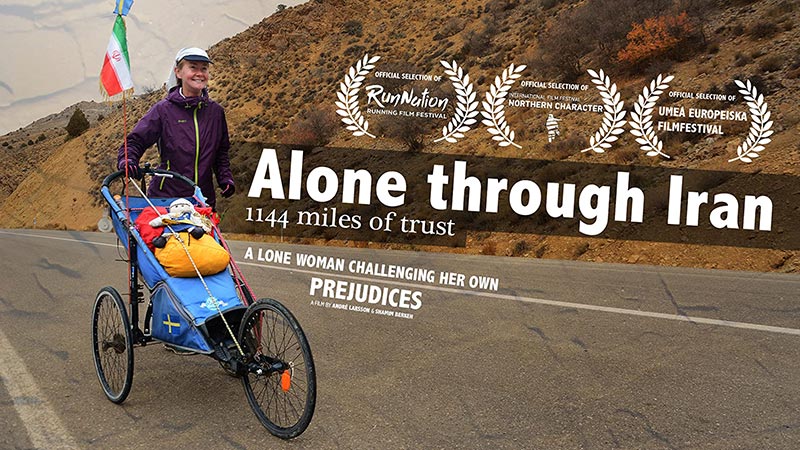
“Today I feel like “Muslim” has become synonymous with “terrorist” or “fundamentalist”
The crossroad of civilization
The crossroad of civilization actually takes you on a journey of three thousand years in Iranian history. This seven-part documentary series produced less than 40 years ago by David Frost, which is been very less seen for some reason, provides the audience with an accurate picture of the Persian Empire. This documentary reconstructs historical events with the help of several archaeologists. From Cyrus to Alexander, from Ardashir to the Arab invasion, from the destruction of the Mongols to half the world, from the discovery of black gold to the modernity of Reza Shah. I warn you that after watching this documentary you might not have lots of questions to ask your leader in Iran as much as you paid for!
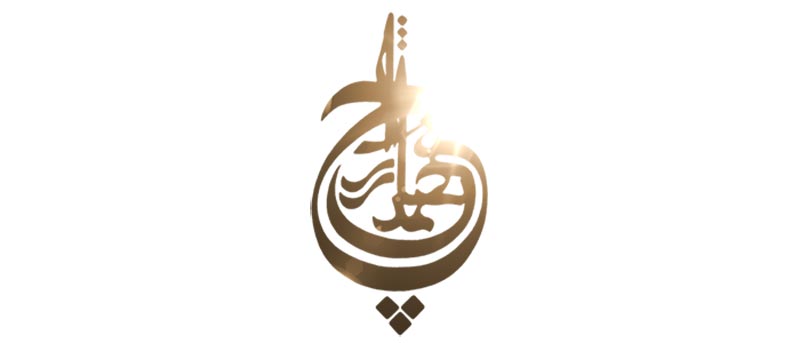
A seven-part documentary series
The lover’s wind
The lover’s wind or “Bad_E Saba” in Persian is a French-language documentary depicting Iran from the sky with helicopters. The music of the film is the traditional works of Iranian musicians Hossein Dehlavi and Abolhassan Saba. The film was commissioned by the Iranian Ministry of Culture and Art which presents Iran’s history, art, and cultures. It should be mentioned that Albert Lamorisse, the filmmaker Lost his life in a helicopter crash during filming near the Karaj Dam around Tehran due to a technical malfunction. But his son and his widowed wife completed his unfinished project. The film was nominated for an Academy Award for the Best Documentary. About 85 percent of the film was filmed on a helicopter.
Are you planning to travel to Iran? Check out our Iran tours.
